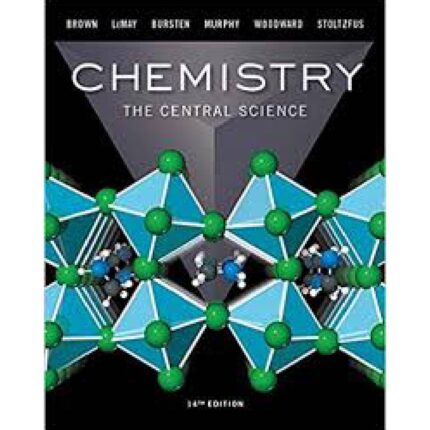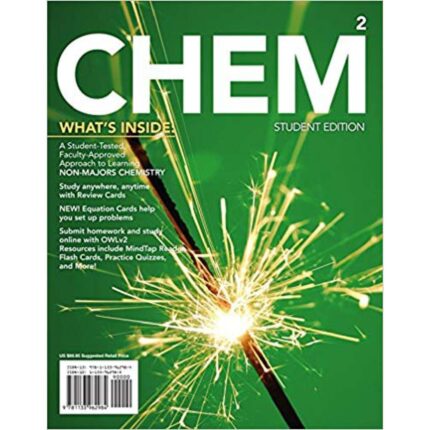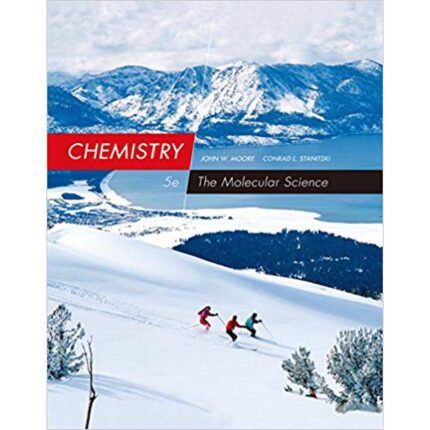1. Pressure is defined as:
a. force times unit area.
b. mass times acceleration.
c. mass divided by density.
d. force divided by unit area.
e. mass divided by acceleration.
ANSWER: d
POINTS: 1
2. What causes pressure?
a. Constant small fluctuations in temperature
b. Collisions of gas molecules with other gas molecules
c. Collisions of gas molecules with their container
d. Weather
e. None of the above
ANSWER: c
POINTS: 1
3. Which of the following is the formula for the chemical compound found in airbags?
a. Na3N
b. NaN3
c. Na2O
d. NaO2
ANSWER: b
POINTS: 1
4. The layer of air which surrounds the earth is known as the ____.
a. crust
b. pressure
c. atmosphere
d. gas constant
e. Boyle’s constant
ANSWER: c
POINTS: 1
5. Which of these statements about pressure is/are incorrect?
I. Pressure is directly proportional to the number of gas molecules.
II. Pressure is directly proportional to temperature.
III. Pressure is directly proportional to volume.
a. I only
b. III only
c. I and II
d. I and III
e. II and III
ANSWER: b
POINTS: 1
6. Which of these is not a possible unit for pressure?
a. g/mL
b. lb/in2
c. Pa
d. N/m2
e. mm Hg
ANSWER: a
POINTS: 1
7. Which of these is not a possible unit for pressure?
a. mm Hg
b. psi
c. torr
d. atm
e. J/s
ANSWER: e
POINTS: 1
8. Which of these is not a possible unit for pressure?
a. in. Hg
b. psi
c. torr
d. mm Hg
e. lb/s
ANSWER: e
POINTS: 1
9. What is the correct conversion factor between atmospheres and torr?
a. 1 atm = 1 torr
b. 1 atm = 760 torr
c. 760 atm = 1 torr
d. 1 atm = 29.92 torr
ANSWER: b
POINTS: 1
10. Which of these statements concerning pressure and weather are correct?
I. Low pressure in a region tends to draw in storms.
II. High pressure in a region usually indicates clear weather.
III. Changes in pressure from region to region are responsible for winds.
a. I only
b. III only
c. I and II
d. I and III
e. I, II, and III
ANSWER: e
POINTS: 1













Reviews
There are no reviews yet.